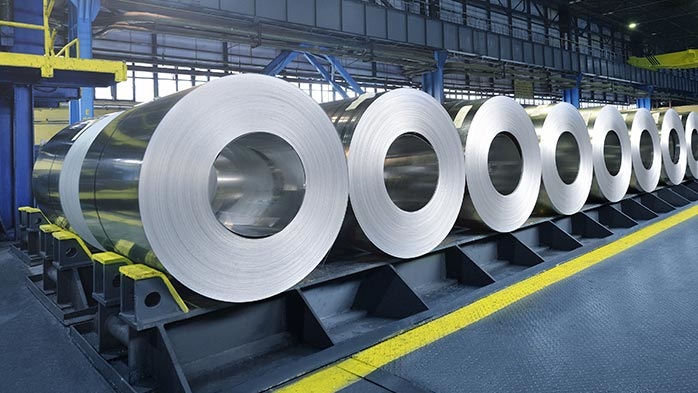Growth Markets

May 7, 2025
Earnings wrap; tariffs begin: Why Ford may be the downstream aluminum barometer
Written by Greg Wittbecker
Guidance pulled; nerves rattled
For domestic automakers, first-quarter 2025 earnings were once again defined by suspended guidance and repeated references to “tariff uncertainty”.
Ford Motor Group was the last of the Big Three to report results, following General Motors (GM) and Stellantis in pulling full-year guidance amid growing concerns over auto parts tariffs. The timing was critical – Ford’s earning came just after new tariffs took effect, including requirements that value-added parts be tallied into the overall value of the vehicle for potential reimbursements. While each automaker cited “tariff-related uncertainty, the broader impact on operations, sourcing decisions, and bottom-line guidance became a defining feature of this earnings season.
Passenger cars drive off into the sunset
Behind the tariff noise is a more structural trend: the continued retreat of the US automakers’ passenger car. Across all three automakers, SUV and truck segments have long dominated, but the past quarter’s results make clear how little of the US vehicle market remains for passenger cars.
Ford has mostly exited the sedan space, apart from legacy models like the Mustang, but still saw a 32% decline in Q1 2025 from Q1 2024 of US passenger car sales to 9,377 units of a little more than half a million cars sold to the region overall.
GM reported a 66% quarterly decline in US passenger car sales, down to just 17,000 units from 50,000 units the year prior – roughly 2.5% of the US market share by GM’s estimates.
Stellantis fared no better, with passenger car sales down by 77% in the US at 5,300 units, which would represent just 0.7% of the US market share using the same estimates.
As automakers align production with market share realities, the already narrow passenger car segment appears to be reaching its vanishing point.
Ford’s home field advantage
Ford’s strategic posture is increasingly defined by two core strengths: domestic production and targeted aluminum usage.
Ford holds the highest US nameplate production capacity when discounting GM and Stellantis’ reliance on plants in Mexico and Canada (as well as Ford’s). Based on January-April output numbers, Ford is operating at about 80% capacity utilization rate, which far exceeds the 69% average across the US industry last year. That figure reflects a more insulated production footprint amid growing protectionist trade policies.
GM remains the sales volume leader in the US but leans more heavily on cross-border production. The company took the number one spot of automotive manufacturer vehicle imports by volume of the top ten – Ford wasn’t in the top ten whatsoever.
Stellantis, meanwhile, is still largely tethered to European operations, with its US production footprint fragmented across multiple brands.
Aluminum takes the wheel
As traditional steel-bodied sedans decline, aluminum is gaining strategic prominence. Ford has doubled down on its closed-loop recycling systems and aluminum-intensive platforms, especially in its truck and crossover lines. While GM and Stellantis are also pushing lightweighting targets,
The company sources 100% of its automotive body sheet from US suppliers, and about a quarter of the recycled content in its aluminum coil is derived from its own manufacturing scrap.
These volumes flow primarily through closed-loop tolling arrangements with domestic mills and recyclers, where Ford gains a cost advantage by applying scrap credits under tolling agreements.
Ford’s ripple effect on recyclers
Based on the latest US Geological Survey estimates of new manufacturing scrap receipts – which includes imported volumes – and Ford’s internal recycling data, a rough estimate suggests Ford may account for around 7-8% of all pre-consumer aluminum scrap inflows in the US.
This estimate includes imports and domestic sources of extrusions, wrought sheet and clippings, borings, and turnings of new manufacturing scrap, and excludes can stock clippings, dross and skimmings, fragmented shredded material, and post-consumer scrap.
The road forward
As tariff pressure mount and production strategies diverge, Ford’s entrenchment in domestic manufacturing and its aluminum-forward strategy may give it the strongest footing among the Big Three- at least for now.
While GM’s size and Stellantis’ global scale remain advantages in certain markets, Ford’s streamline US operations and material sourcing offer a clearer path through the current policy headwinds. In the evolving aluminum ecosystems, that may make Ford not only more resilient – but more relevant.







